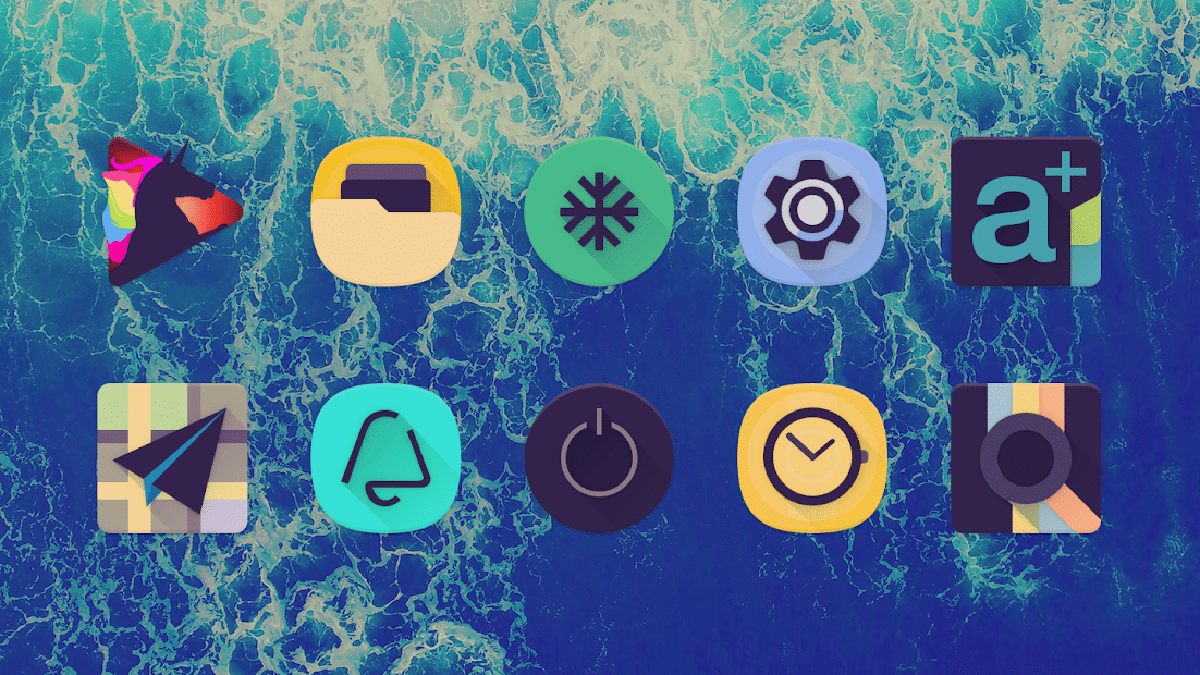
There are many reasons why the need for hide apps from an android phone or device: no need to disable or uninstall, just hide somewhere easy to access for you, when needed.
Some phone models come with their own options or apps from the factory to hide or restrict the use of an application (In the case of minors, a "children's mode" is usually used). If your phone doesn't have this feature built-in from the factory, there are still several methods to hide apps.
In this article we will introduce the options that exist in Android to hide apps, depending on your device you can apply one or the other for this purpose. Although it should be noted that in case you have a Xiaomi, Samsung or LG phone, the process can be much easier, it is also explained below.

Use a launcher to hide apps

These types of applications are popular among Android users because they tend to be highly customizable and usually offer new themes or visual effects on the main screen. In addition to this, some launchers offer features that do not come by default on phones or tablets, such as “hide applications”.
Between best launcher apps highlights Action Launcher and Nova Launcher.
How to hide apps using Nova Launcher
The procedure is very simple and may be repeated in other Play Store launchers, you just have to do the following:
- Unlock the device.
- Look for the gear wheel within the Nova Launcher app and tap on it to enter its settings.
- Tap the “apps” section.
- Tap the “hide apps” option.
- You'll be given the option to select all the apps you want to hide from the list (removing the icon, basically).
When you want to use a hidden application again, you only have to access it from the list of installed applications in the Play Store or through the settings app that the operating system brings by default (not the Nova Launcher settings).
Hide apps from settings
Before you proceed to read this section, please note that the “hide applications” function is not usually installed by default in the Android operating system. Actually, it is an addition that some device manufacturers have in the customization layer of their software, which is why we will only cover some models in this article.
However, the procedure to do this is similar in the three models (Xiaomi, Samsung, LG) any other device that includes the option to hide applications as a package, may organize it in the same way as these brands.
How to hide apps on Xiaomi
Like Samsung phones, the customization layer used by Xiaomi (MIUI) has the ability to hide applications in certain versions of its models:
- Unlock the device.
- Find the Settings app and tap on it.
- Tap where it says "Lock App."
- Among the options select “Hidden applications”.
- Tap on “Manage hidden apps”.
- From the list of applications in the system, select the ones you want to hide and accept the changes.
How to hide apps on Samsung phones
Most Samsung phones include a section to choose which apps to hide. You just have to do the following:
- Unlock your device and find the system “Settings” app.
- Find and tap the “Applications” section.
- Tap the three dots icon in the top right corner.
- Tap on “Home screen settings”.
- Tap the “Hide apps” option.
- You will be able to choose which apps on the list are to be hidden by selecting them.
- When you're done, press the "Done" button.
How to hide apps on LG phones
LG brand phones can also hide applications at the user's will, in a more accessible way than the last two:
- Unlock the device.
- Long press on the home screen, that will open the home screen settings.
- Tap on the “Hide apps” option.
- Select the apps on the home screen that you want to hide.
- Once the task is finished, click on “Done”.
Create another user profile to hide apps
This is a method that usually works well for desktop operating systems and is starting to be used on Android devices. By creating different user profiles within the same phone, different settings or applications can be managed, so the downloads of one user will not be reflected in the other.
Creating a new user profile on Android is a fairly similar process to Windows or GNU/Linux, you just have to follow a series of steps, which are described below:
- Unlock the device.
- Find and tap the Settings app.
- Tap the "System" section.
- Tap the “Multiple Users” option.
- Add a new user. You have to configure it to be functional, then you can switch between the different users of the system.
The characteristics of the user component in Android will be shown: basically each user is an independent instance, but they all share updates to the base applications, the WiFi key or the GPS. After skipping this step, you can choose if it is time to configure the new user.
The new profile will not have the applications that were downloaded so far in the first user, but will only keep the system apps and the typical Google ones. If you configured the first user with a password that the person who is going to use this new profile does not know, you will already be perfectly hiding the applications that were installed in the first one.
Endnotes
Since hiding apps is not one of the features that the Android operating system includes in its code base, you should be aware that the model you are using comes with that functionality in case it is very important to you. The methods applied in this article are intended to address this problem from different points of view, but in the end it all depends on the capabilities of your device.